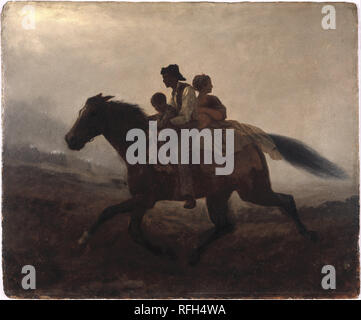

Marshall McLuhan on his own terms, this study deploys a strategy not dissimilar to that of Poe’s sailor who survived his descent into the maelstrom by studying the action of the vortex and catching hold of a recurring form. This self-image guided and strengthened them when organizing to separate speech from English. As Minnesota and other midwestern schools embraced the new practices, public speaking educators formed a self image that evoked the political orators who had inspired them, contrasted the vital activism of the speaker with the effete passivity of the literary scholar, and incorporated their desire to revitalize the nation by training ordinary citizens for active civic participation. Minnesota learned about public speaking through its participation in intercollegiate debate, and in the early twentieth century it became a fervent proponent. A brief elocutionist period followed, but, by the early twentieth century, a public speaking approach trained students to publicly engage policy issues.

Prior to 1890 Minnesota followed a traditionalist approach that focused on developing students' character. New pedagogical approaches arose in response to political events of the 1880s and 1890s and propagated through informal in-person contacts between educators. A more complex pattern emerges when looking at a specific school, such as the University of Minnesota. Histories of speech education tend to treat the period from 1890 to 1910 from the perspective either of the rhetorical tradition that came before or of the communication discipline that followed.


 0 kommentar(er)
0 kommentar(er)
